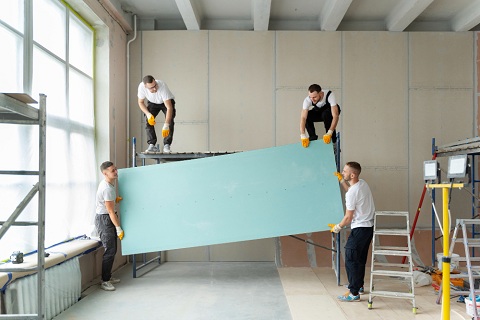The kind of room that has no doors or windows is typically referred to as a “mushroom” or “dark room.” This term is often used figuratively to describe a room or space that is sealed off from the outside world and lacks any means of entry or exit. It’s important to note that in a literal sense, a completely enclosed room without doors or windows would likely be unsafe and not up to building code standards, as it would violate fire safety regulations and hinder emergency evacuation.
Fascinating world of mushrooms
The fascinating world of mushrooms indeed offers a range of possibilities, including the potential to create an indoor garden without traditional doors or windows. Mushrooms are unique organisms that belong to the fungi kingdom and play essential ecological roles in nutrient recycling and decomposition. They possess incredible adaptability and can thrive in diverse environments, making them ideal for creating self-contained ecosystems.
One innovative concept that incorporates mushrooms into indoor gardening is known as “myco-architecture.” Myco-architecture involves using mycelium, the thread-like structures that make up the main body of a mushroom, as a building material. By manipulating the growth conditions, mycelium can be encouraged to form solid structures, providing a sustainable alternative to traditional building materials.
Indoor garden without doors or windows
In the context of an indoor garden without doors or windows, myco-architecture allows for the creation of self-contained environments. Here’s a step-by-step exploration of how this could be achieved:
Structural Framework
Begin by constructing a framework using a lightweight and sturdy material such as bamboo or recycled plastic. This framework will serve as the basic structure for the indoor garden.
Mycelium Material
Infuse the framework with mycelium by mixing it with a substrate such as agricultural waste, sawdust, or straw. This mycelium-infused material, known as mycelium composites, can be molded or shaped into panels, bricks, or other forms.
Growing Conditions
Provide the optimal growing conditions for the mycelium to colonize and bind the substrate together. This usually involves maintaining a specific temperature, humidity, and darkness to encourage mycelial growth.
Integration of Plant Life
As the mycelium composites solidify and provide structural support, integrate plant life into the indoor garden. This could include a variety of plants such as ferns, mosses, and small flowering species that thrive in low-light conditions.
Nutrient Cycling
The mycelium acts as a natural decomposer, breaking down organic matter within the garden and cycling nutrients back into the soil. This process not only sustains the plant life but also benefits the mycelium’s growth.
Controlled Environment
To ensure the indoor garden remains self-contained, sophisticated climate control systems can be implemented. These systems would regulate factors such as temperature, humidity, light spectrum, and air circulation, creating an optimal environment for both mushrooms and plants.
Maintenance and Harvest
Regular maintenance includes monitoring and adjusting the growing conditions, as well as pruning and harvesting the plants and mushrooms as they mature. The harvested mushrooms can then be used for culinary purposes, medicinal applications, or even as an additional source of income.
By utilizing myco-architecture and creating a carefully controlled indoor environment, it’s possible to design an enchanting and self-sustaining garden space that thrives without the need for doors or windows. This concept not only showcases the versatility of mushrooms but also highlights the potential for innovative, sustainable approaches to indoor gardening and architectural design.





